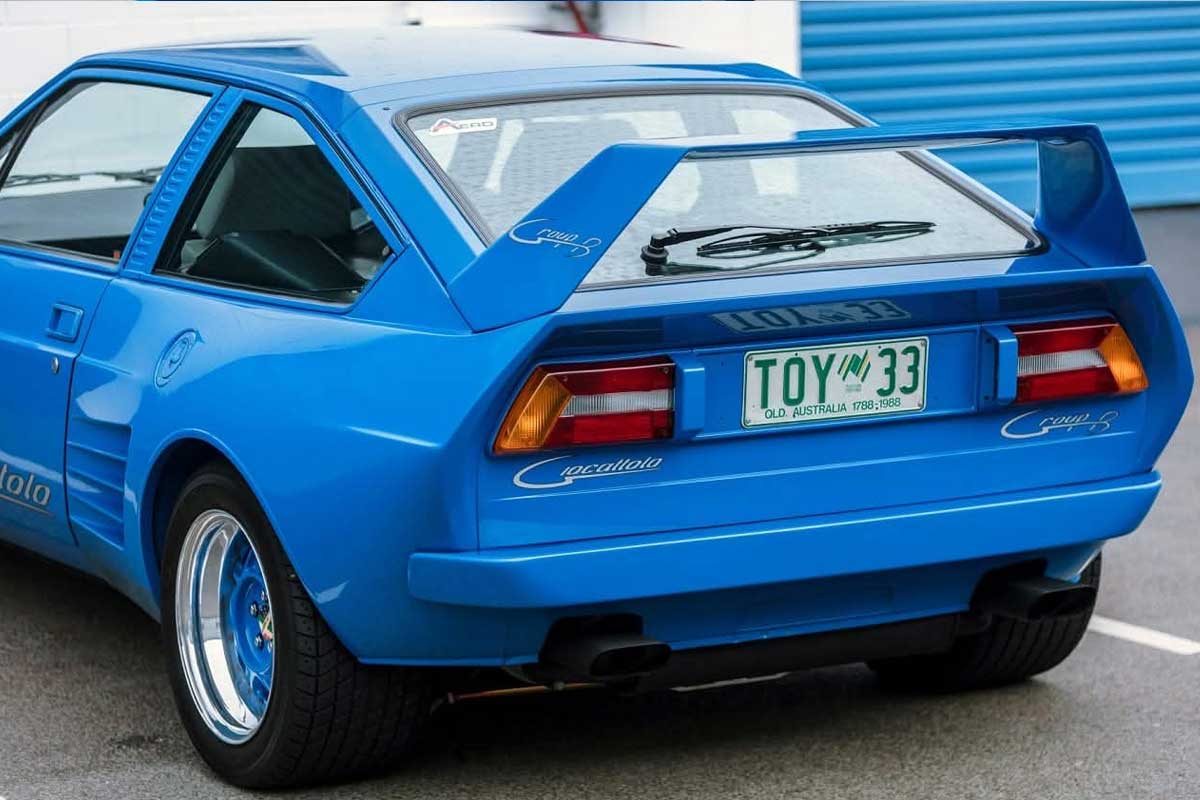
When you combine a businessman with a passion for sports cars with an engineer who worked for McLaren F1 in the 70s, the result can be explosive. That's exactly what happened in Australia in the early '80s, when entrepreneur Paul Halstead, who had succeeded in the computer boom, teamed up with engineer Barry Lock, who had worked with James Hunt during his winning years at McLaren.
Having turned the page on IT, Halstead's engineering company already had a good foot in the automotive business, owning an Alfa Romeo dealership and importing De Tomaso Pantera cars into Australia. He also exported Cleveland engines to Italy. Racing engineer Barry Lock was already working with Halstead on the design of his Pantera, a race car that dominated the GT series, when the idea of building a local supercar came up.
Inspiration from a stillborn Autodelta project
Rather than starting from scratch, which would have been time-consuming and costly, the duo opted for a design based on an existing platform, namely an Alfa Romeo Alfasud Sprint. Giugiaro's fastback coupé, which appeared in 1976, had been the subject of a prototype study carried out by Autoldeta in 1982, the Sprint 6C, with a view to a possible Group B entry. The project went no further, but Lock was inspired by it. He set to work, sourcing Alfa V6s and Alfasud Sprint bodies as a basis, as well as ZF five-speed transaxles.
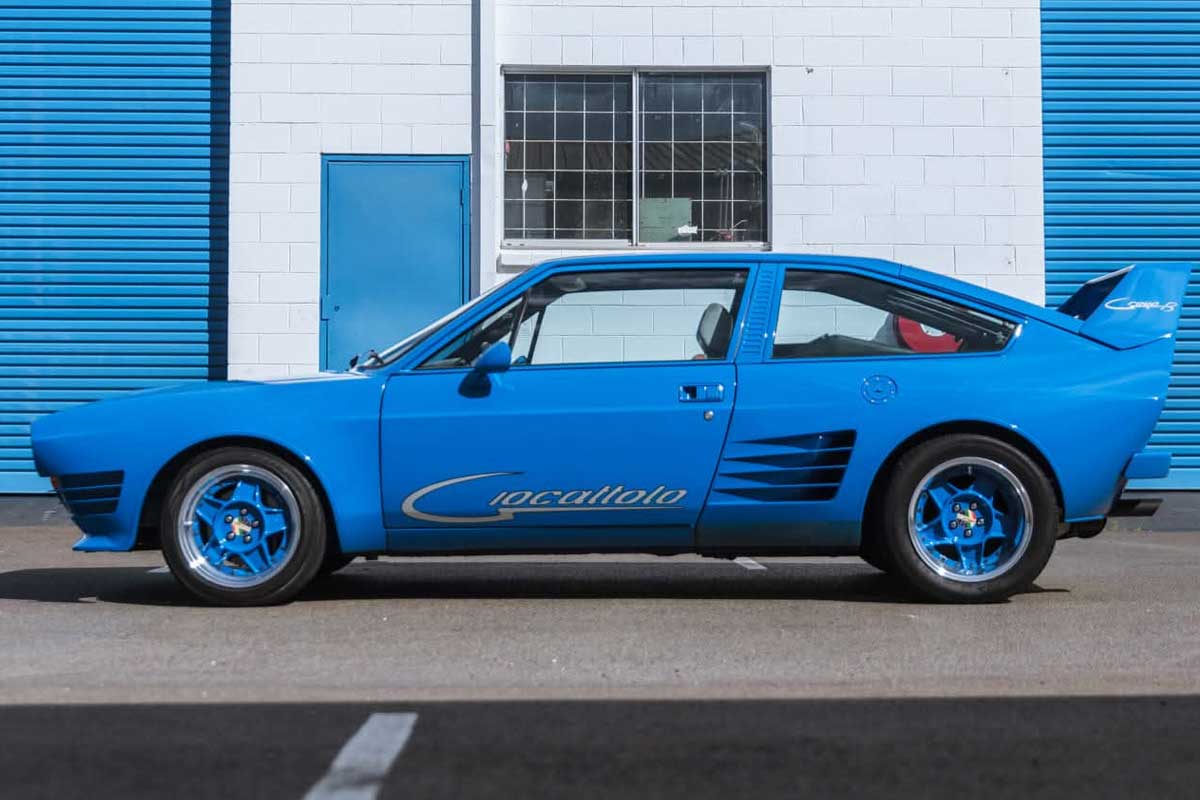
Barry Lock redesigned the Sprint, equipping it with a new rear subframe that was both robust and lightweight. The chassis and body of the car, soon nicknamed "Giocattolo" ("toy" in Italian), made extensive use of carbon fiber and Kevlar, materials virtually unheard of at the time. The stern was topped by a huge spoiler, while the flanks featured claw-shaped air intakes, almost reminiscent of the Testarossa.
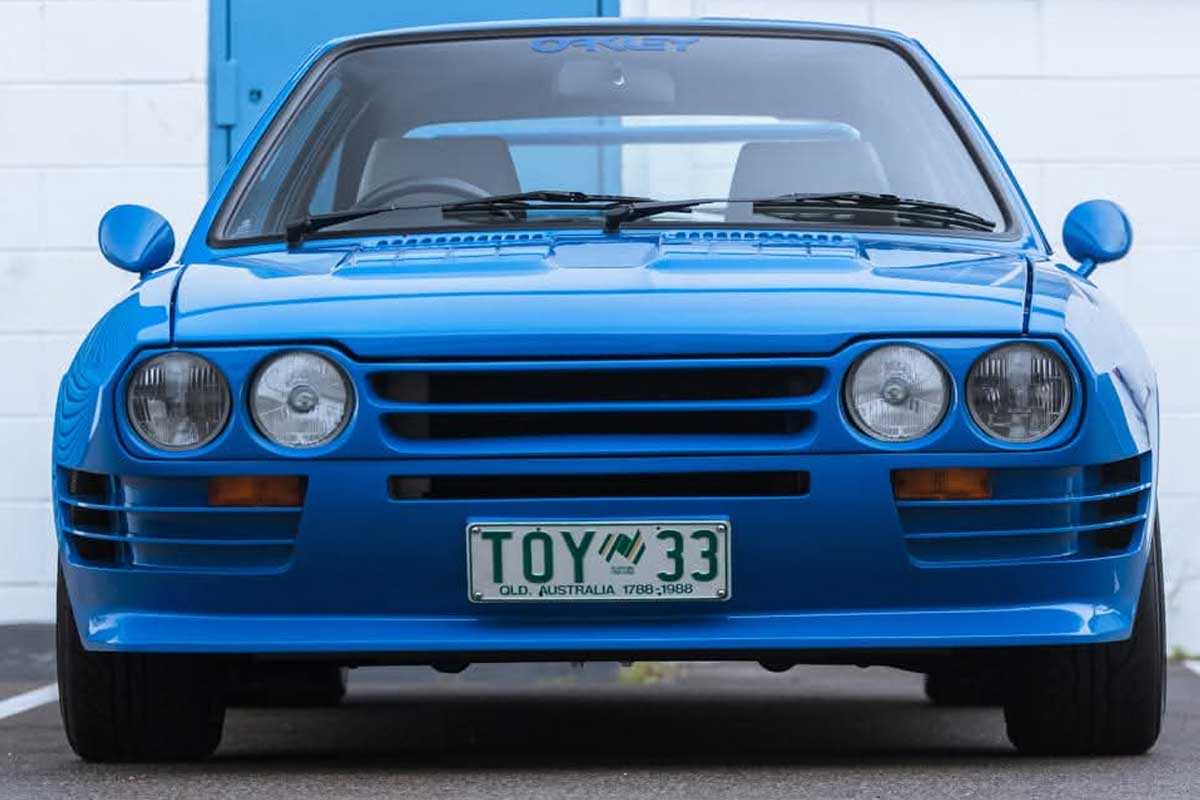
Alfa Romeo Australia didn't play ball
The problem was that Alfa Romeo's Australian branch wasn't really keen on this kind of modification and put obstacles in the duo's way, which made importing Alfa V6s very expensive.
"We couldn't buy bare bodies or engines for the cars, so we had to buy new Alfa Romeos and take them apart," explains Lock. The models came from New Zealand. Importing complete vehicles for dismantling and rebuilding may have seemed complicated, but it had advantages because the Sprints had already met Australian design standards (ADR), which would have been costly to validate on a completely new vehicle.
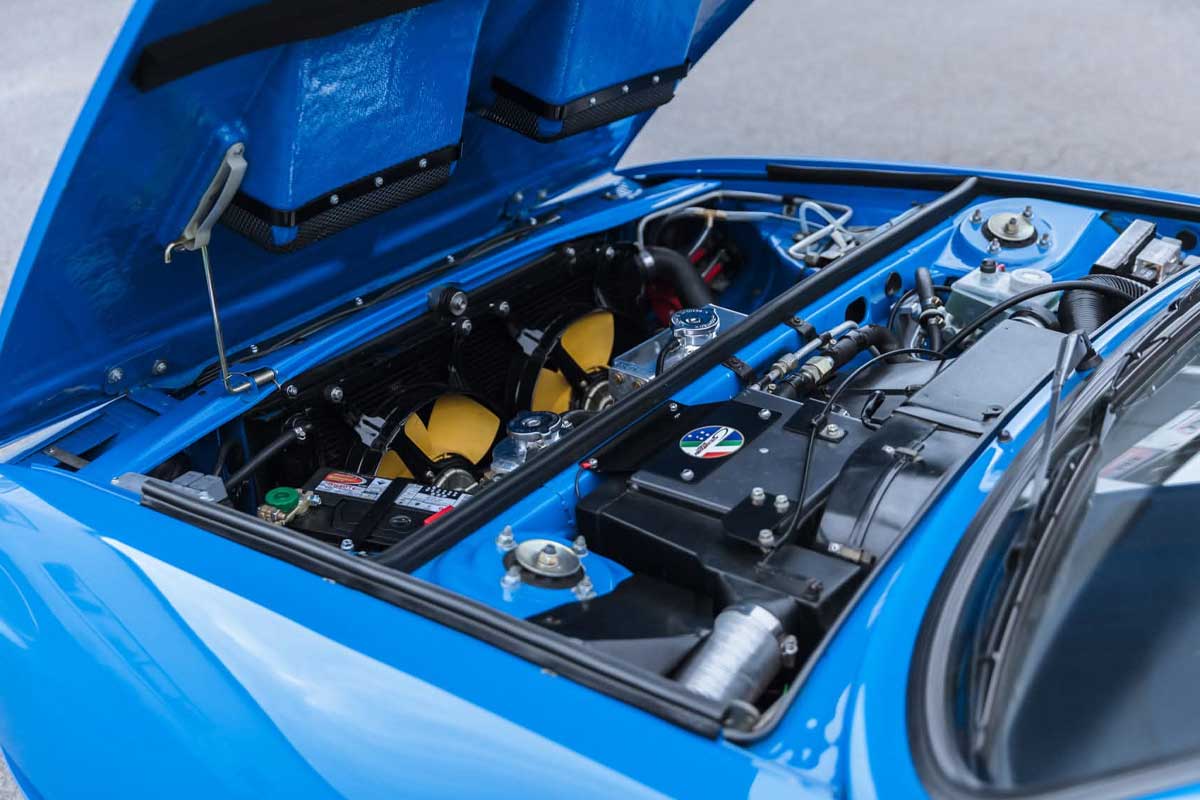
After three Busso-powered examples, the Giocattolo opted for Holden's less expensive and ultimately more powerful 5-liter fuel-injected V8. The engines from Holden's HSV engine department were prepared by specialist TWR (Tom Walkinshaw Racing), which handled Holden engines for the Australian Touring Championship. Lock's team also added a custom plenum and double throttle body to run this cast-iron engine. The front suspension remains original, with the exception of revised mounting points. By contrast, the custom-built independent rear suspension featured lower wishbones attached to an aluminum cradle on the ZF transaxle housing.
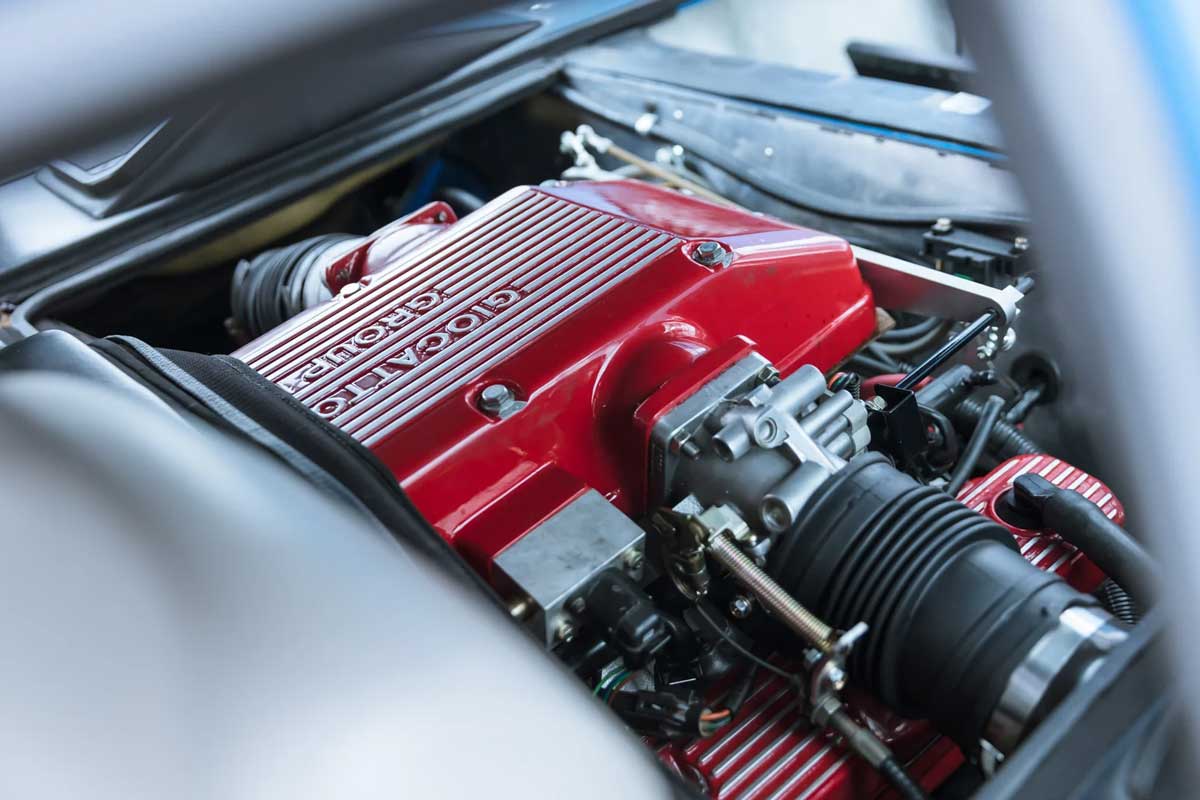
Victim of a difficult economic context
In 1988, the car finally saw the light of day. The result was a 300 hp, mid-engined, two-seater supercar with deep blue livery, leather interior and Recaro seats. Despite a few minor luxuries such as air conditioning and a high-end audio system, it weighed just 1,085 kg. Its advertised top speed was 260 km/h, with a 0 to 100 km/h time of 5 seconds. The Giocattolo was launched at a press day with former F1 world champion Alan Jones, who broke the lap record at Lakeside. A Giocattolo was even adorned with flashing lights and Queensland Police stickers, as a publicity stunt to indicate that the police were considering this option. The result would have been a kind of Interceptor with Italian roots.
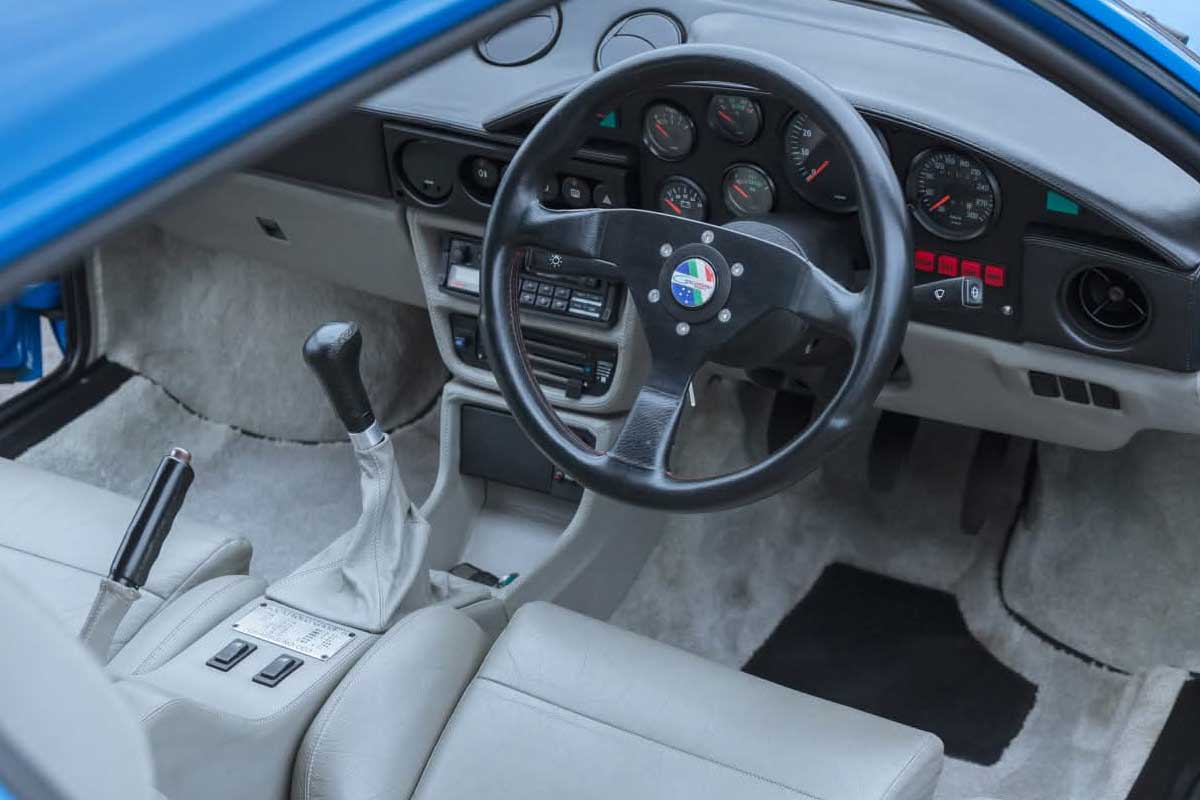
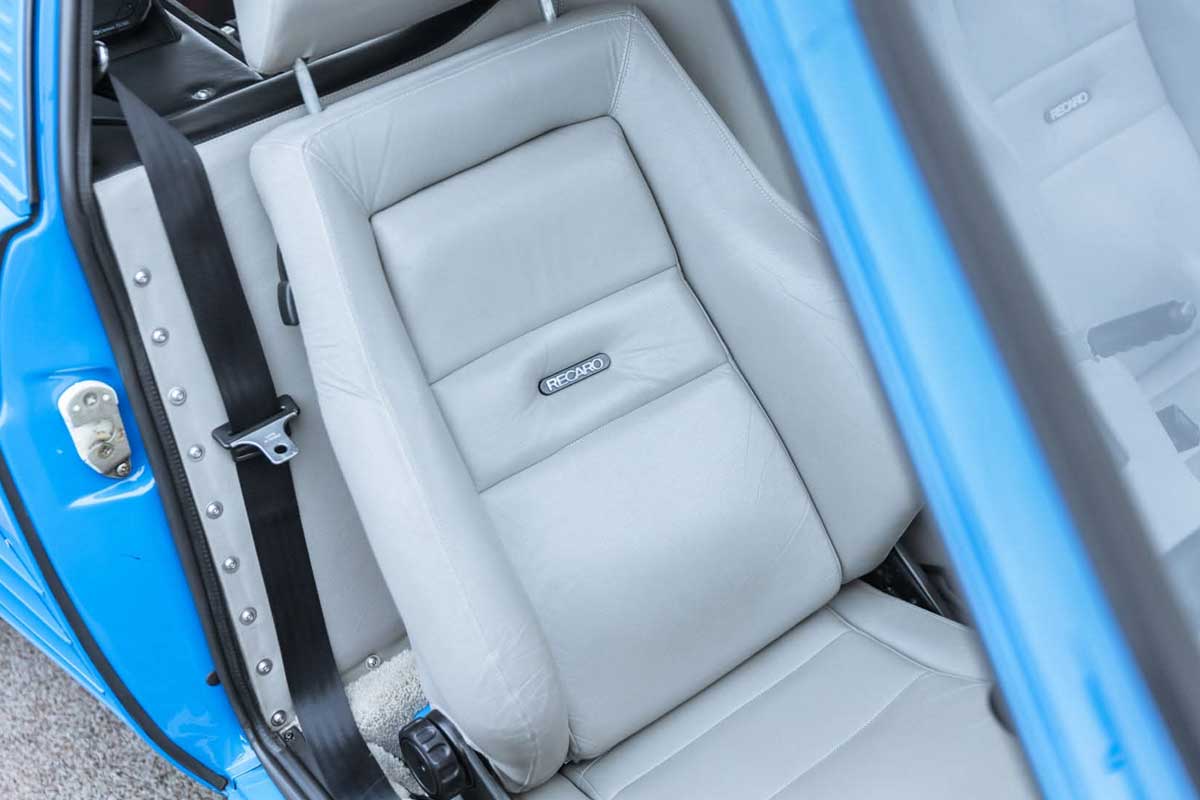
Only 15 Giocattolo were produced. The project was off to a good start, with Holden's backing, but production costs soared, due to the use of Kevlar and exorbitant import taxes on ZF boxes from Germany. Government funding for a small-scale production program was withdrawn in 1989, against the backdrop of a stock market crisis that took a heavy toll on the supercar market that had exploded in the '80s. Halstead was forced to abandon his vision of an Australian supercar. There are still 14 examples in existence, many of them in very good restoration condition, but one was involved in a fatal racing accident.

Great article, really enjoyed reading it.
Fantastic information and pictures.
Can't wait for more
Thank you
I'm pretty sure it's based on the GTV, I had a Sud in 1990 in Australia. There is no way you could make it happen, the body is GTV. The Fatal was a reverse run around (Oran park maybe) in a Twin Turbo modded one.
Crashed into the pit exit or the pit lead out barriers, as I recall.
It missed turn 1 at Eastern Creek (off main straight). No sand trap will ever be big enough for the speed it was carrying. This happened before they resurfaced the main straight, as it was very bumpy from being used as a drag strip in the opposite direction down near that turn. So there's also possibly a lot of debris (tyre crumbs, etc) as you hit that turn back then.
It is definitely a Sud Sprint body - look at the front under the bonnet - it has the McPherson struts.